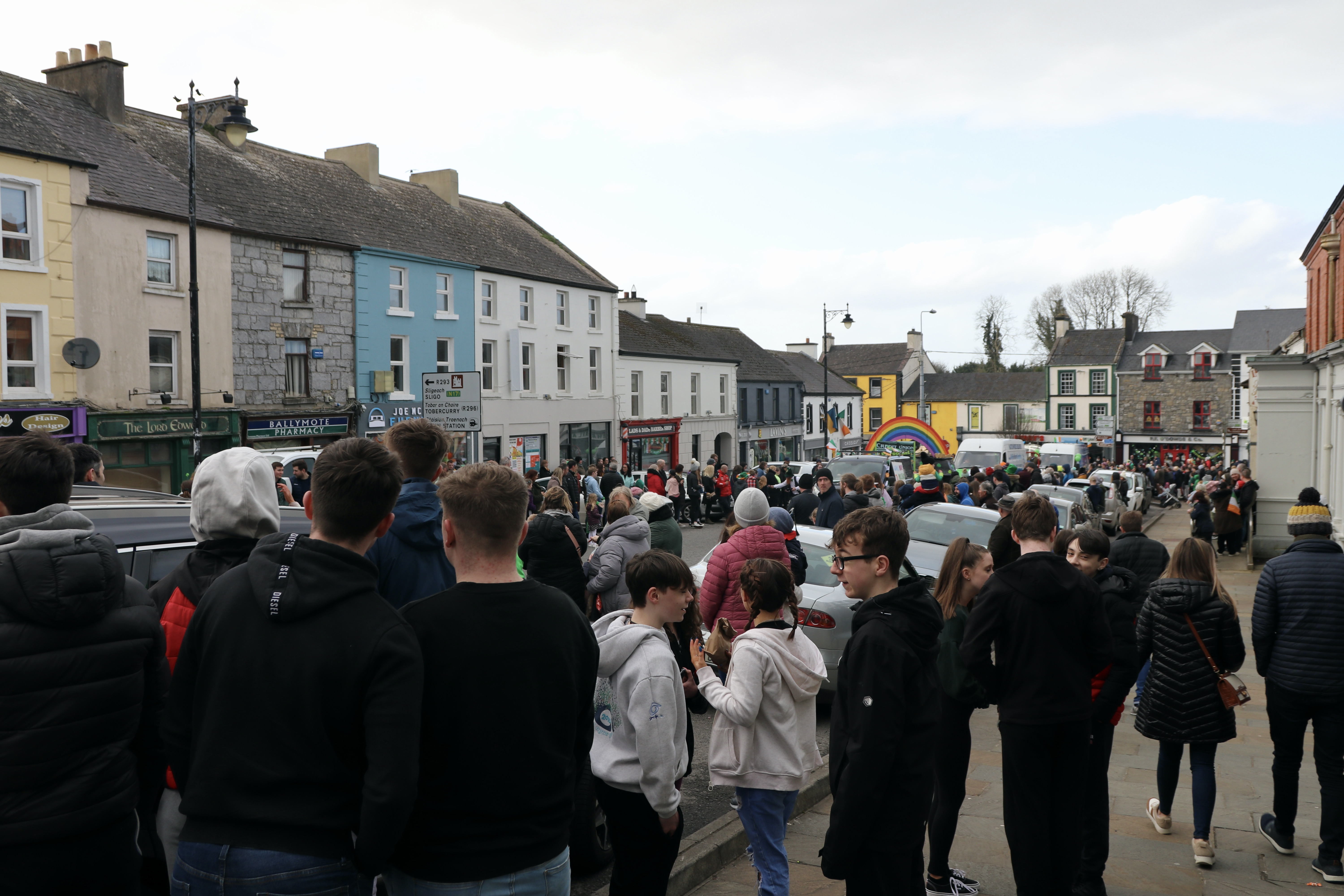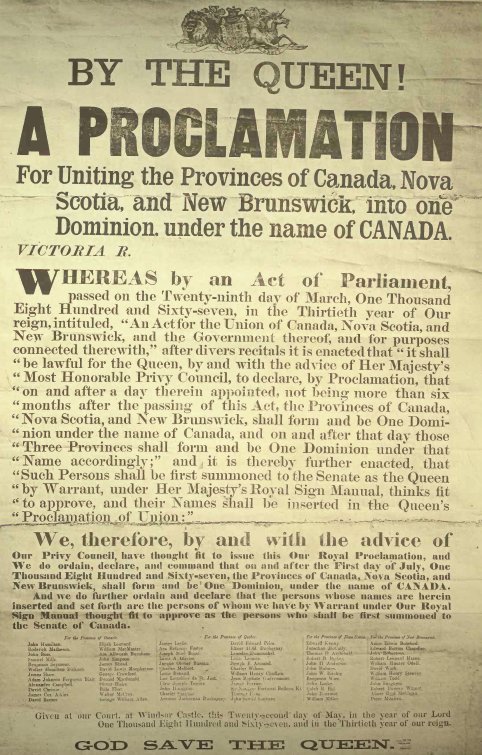|
Corann
Corann was an ancient Irish túath in northwest Connacht represented now by the present barony of Corran in County Sligo. The name is derived in legend from Corann, the harper of Dian Cecht of the Tuatha Dé Danann. Organisation Ballymote became the centre of the túath after construction of Ballymote Castle in the 13th century. History The well of Corann that alternated between sweet water and salt in time with the ebb and flow of the tide. It was first shired as part of the new County Sligo by the English Lord Deputy Sir Henry Sidney Sir Henry Sidney (20 July 1529 – 5 May 1586), Lord Deputy of Ireland, was the eldest son of Sir William Sidney of Penshurst, a prominent politician and courtier during the reigns of Henry VIII and Edward VI, from both of whom he received ... in 1564. References Medieval Ireland Historic Gaelic Territories {{Sligo-geo-stub ... [...More Info...] [...Related Items...] OR: [Wikipedia] [Google] [Baidu] |
County Sligo
County Sligo ( , gle, Contae Shligigh) is a county in Ireland. It is located in the Border Region and is part of the province of Connacht. Sligo is the administrative capital and largest town in the county. Sligo County Council is the local authority for the county. The population of the county was 65,535 at the 2016 census. It is noted for Benbulben Mountain, one of Ireland's most distinctive natural landmarks. History The county was officially formed in 1585 by Sir Henry Sidney, Lord Deputy of Ireland, but did not come into effect until the chaos of the Nine Years' War ended, in 1603. Its boundaries reflect the Ó Conchobhair Sligigh confederation of Lower Connacht ( ga, Íochtar Connacht) as it was at the time of the Elizabethan conquest. This confederation consisted of the tuatha, or territories, of Cairbre Drumcliabh, Tír Fhíacrach Múaidhe, Tír Ollíol, Luíghne, Corann and Cúl ó bhFionn. Under the system of surrender and regrant each tuath was subseque ... [...More Info...] [...Related Items...] OR: [Wikipedia] [Google] [Baidu] |
Ballymote Castle
, location= County Sligo, Connacht , nearest_town=Ballymote , country=Ireland , image=Co. Sligo, Ballymote Castle 2, 1792.jpg , alt=The castle in the 1790s , caption=The castle in the 1790s , pushpin_map=Ireland , pushpin_map_alt=Location in Ireland , pushpin_map_caption=Location in Ireland , coordinates = , type=Norman castle , ownership= Office of Public Works , open_to_public=No , condition=Ruined , built=1300ish , builder= Richard de Burgh , used=1300-Late 17th Century , fate=Fell into Ruin , battles= Irish Nine Year's War , embedded = Ballymote Castle (Irish: ''Caisleán Bhaile an Mhóta'') is a large rectangular keepless castle, built around 1300. It is located in the townland of Carrownanty on the outskirts of Ballymote in southern County Sligo, Ireland. This area was known historically as ''Átha Cliath an Chorainn'', which roughly translates as ''The Ford of the Hurdles of Corann''. It is the last of the Norman castles in Connacht. It was proba ... [...More Info...] [...Related Items...] OR: [Wikipedia] [Google] [Baidu] |
Túath
''Túath'' (plural ''túatha'') is the Old Irish term for the basic political and jurisdictional unit of Gaelic Ireland. ''Túath'' can refer to both a geographical territory as well the people who lived in that territory. Social structure In ancient Irish terms, a household was reckoned at about 30 people per dwelling. A '' trícha cét'' ("thirty hundreds"), was an area comprising 100 dwellings or, roughly, 3,000 people. A ''túath'' consisted of a number of allied ''trícha céta'', and therefore referred to no fewer than 6,000 people. Probably a more accurate number for a ''túath'' would be no fewer than 9,000 people. Each ''túath'' was a self-contained unit, with its own executive, assembly, courts system and defence force. ''Túatha'' were grouped together into confederations for mutual defence. There was a hierarchy of ''túatha'' statuses, depending on geographical position and connection to the ruling dynasties of the region. The organisation of ''túatha'' is cover ... [...More Info...] [...Related Items...] OR: [Wikipedia] [Google] [Baidu] |
Corran (barony)
Corran (''An Corán'') is a historic barony in south County Sligo in Ireland. It corresponds to the ancient túath of Corann. The barony is centred broadly about the town of Ballymote. To the north and east lies the barony of Tirerril, to the east the barony of Leyny, and to the south the Barony of Coolavin. There is also a border to the south east with the barony of Boyle and to the south west with the Barony of Costello. Francis Taaffe, 3rd Earl of Carlingford and 4th Viscount Taaffe of Corran was born in Ballymote in 1639. References Baronies of County Sligo {{Sligo-geo-stub ... [...More Info...] [...Related Items...] OR: [Wikipedia] [Google] [Baidu] |
Túath
''Túath'' (plural ''túatha'') is the Old Irish term for the basic political and jurisdictional unit of Gaelic Ireland. ''Túath'' can refer to both a geographical territory as well the people who lived in that territory. Social structure In ancient Irish terms, a household was reckoned at about 30 people per dwelling. A '' trícha cét'' ("thirty hundreds"), was an area comprising 100 dwellings or, roughly, 3,000 people. A ''túath'' consisted of a number of allied ''trícha céta'', and therefore referred to no fewer than 6,000 people. Probably a more accurate number for a ''túath'' would be no fewer than 9,000 people. Each ''túath'' was a self-contained unit, with its own executive, assembly, courts system and defence force. ''Túatha'' were grouped together into confederations for mutual defence. There was a hierarchy of ''túatha'' statuses, depending on geographical position and connection to the ruling dynasties of the region. The organisation of ''túatha'' is cover ... [...More Info...] [...Related Items...] OR: [Wikipedia] [Google] [Baidu] |
Barony Of Corran
Corran (''An Corán'') is a historic barony in south County Sligo in Ireland. It corresponds to the ancient túath of Corann. The barony is centred broadly about the town of Ballymote. To the north and east lies the barony of Tirerril, to the east the barony of Leyny, and to the south the Barony of Coolavin. There is also a border to the south east with the barony of Boyle and to the south west with the Barony of Costello. Francis Taaffe, 3rd Earl of Carlingford and 4th Viscount Taaffe of Corran was born in Ballymote Ballymote () is a market town in southern County Sligo, approx. 24 km south east of Sligo town in the province of Connacht, which is located in the north-west of Ireland. Ballymote lies in the barony of Corran. A commuter town with a ... in 1639. References Baronies of County Sligo {{Sligo-geo-stub ... [...More Info...] [...Related Items...] OR: [Wikipedia] [Google] [Baidu] |
Ballymote
Ballymote () is a market town in southern County Sligo, approx. 24 km south east of Sligo town in the province of Connacht, which is located in the north-west of Ireland. Ballymote lies in the barony of Corran. A commuter town with a strong history of independent enterprises along with firm local health, school, and transport services. It is located on the main Dublin to Sligo Train Line, and situated 10 minutes from the N4 / N17 Roadways. Ballymote serves a large hinterland area in south east County Sligo. The Norman Ballymote Castle dates from the 1300s, and the Book of Ballymote was written in or near the town in the 1390s. History The origins of the settlement appear to have been derived from the 12th century Norman Castle, though evidence of earlier settlement and farming in area from 1000BC exists through the presence of ringforts, cairns, and archaeological remains. Ballymote was much affected by the disruption of the full conquest of Ireland by the E ... [...More Info...] [...Related Items...] OR: [Wikipedia] [Google] [Baidu] |
Confederation
A confederation (also known as a confederacy or league) is a union of sovereign groups or states united for purposes of common action. Usually created by a treaty, confederations of states tend to be established for dealing with critical issues, such as defense, foreign relations, internal trade or currency, with the central government being required to provide support for all its members. Confederalism represents a main form of intergovernmentalism, which is defined as any form of interaction around states which takes place on the basis of sovereign independence or government. The nature of the relationship among the member states constituting a confederation varies considerably. Likewise, the relationship between the member states and the general government and the distribution of powers among them varies. Some looser confederations are similar to international organisations. Other confederations with stricter rules may resemble federal systems. Since the member states o ... [...More Info...] [...Related Items...] OR: [Wikipedia] [Google] [Baidu] |
Connacht
Connacht ( ; ga, Connachta or ), is one of the provinces of Ireland, in the west of Ireland. Until the ninth century it consisted of several independent major Gaelic kingdoms (Uí Fiachrach, Uí Briúin, Uí Maine, Conmhaícne, and Delbhna). Between the reigns of Conchobar mac Taidg Mór (died 882) and his descendant, Aedh mac Ruaidri Ó Conchobair (reigned 1228–33), it became a kingdom under the rule of the Uí Briúin, Uí Briúin Aí dynasty, whose ruling sept adopted the surname Ua Conchobair. At its greatest extent, it incorporated the often independent Kingdom of Breifne, as well as vassalage from the lordships of western Mide and west Leinster. Two of its greatest kings, Tairrdelbach Ua Conchobair (1088–1156) and his son Ruaidri Ua Conchobair (c. 1115–1198) greatly expanded the kingdom's dominance, so much so that both became High King of Ireland. The Kingdom of Connacht collapsed in the 1230s because of civil war within the royal dynasty, which enabled widesp ... [...More Info...] [...Related Items...] OR: [Wikipedia] [Google] [Baidu] |
Dian Cecht
In Irish mythology, Dian Cécht (Old Irish pronunciation ; also known as ''Cainte'' or ''Canta'') was the god of healing, the healer for the Tuatha Dé Danann, and son of the Dagda according to the ''Dindsenchas''. He was the father of Cu, Cethen and Cian. His other children were Miach, Airmed, Étan the poet and Ochtriullach (Octriuil). Through Cian, he is also Lugh's paternal grandfather. Etymology The name Dian Cecht may be a combination of the Old Irish common words ''dían'' 'swift' and ''cécht'', glossed as 'power', hence the literal meaning may be literally "swift power".Koch, J. T. (2006),Celtic culture: a historical encyclopedia', Vols. 1-4 - p. 586. The refers to him as the "god of power", with ''cécht'' glossed as "power" ( sga, cumachtae). In Old Irish, there is also the word ''cécht'' meaning 'plough-beam' (or less accurately 'ploughshare'), but this makes "little sense in the light of his activities", and this lexical meaning is "presumably not relevant" ... [...More Info...] [...Related Items...] OR: [Wikipedia] [Google] [Baidu] |
Tuatha Dé Danann
The Tuath(a) Dé Danann (, meaning "the folk of the goddess Danu (Irish goddess), Danu"), also known by the earlier name Tuath Dé ("tribe of the gods"), are a supernatural race in Irish mythology. Many of them are thought to represent deity, deities of pre-Christian Gaelic Ireland. The Tuath Dé are often depicted as kings, queens, druids, bards, warriors, heroes, healers and craftsmen who have supernatural powers. They dwell in the Celtic Otherworld, Otherworld but interact with humans and the human world. They are associated with the ''sídhe'': prominent ancient burial mounds such as Brú na Bóinne, which are entrances to Otherworld realms. Their traditional rivals are the Fomorians (Fomoire), who might represent the destructive powers of nature, and whom the Tuath Dé defeat in the Cath Maige Tuired, Battle of Mag Tuired. Prominent members of the Tuath Dé include The Dagda ("the great god"); The Morrígan ("the great queen" or "phantom queen"); Lugh; Nuada Airgetlám, N ... [...More Info...] [...Related Items...] OR: [Wikipedia] [Google] [Baidu] |



